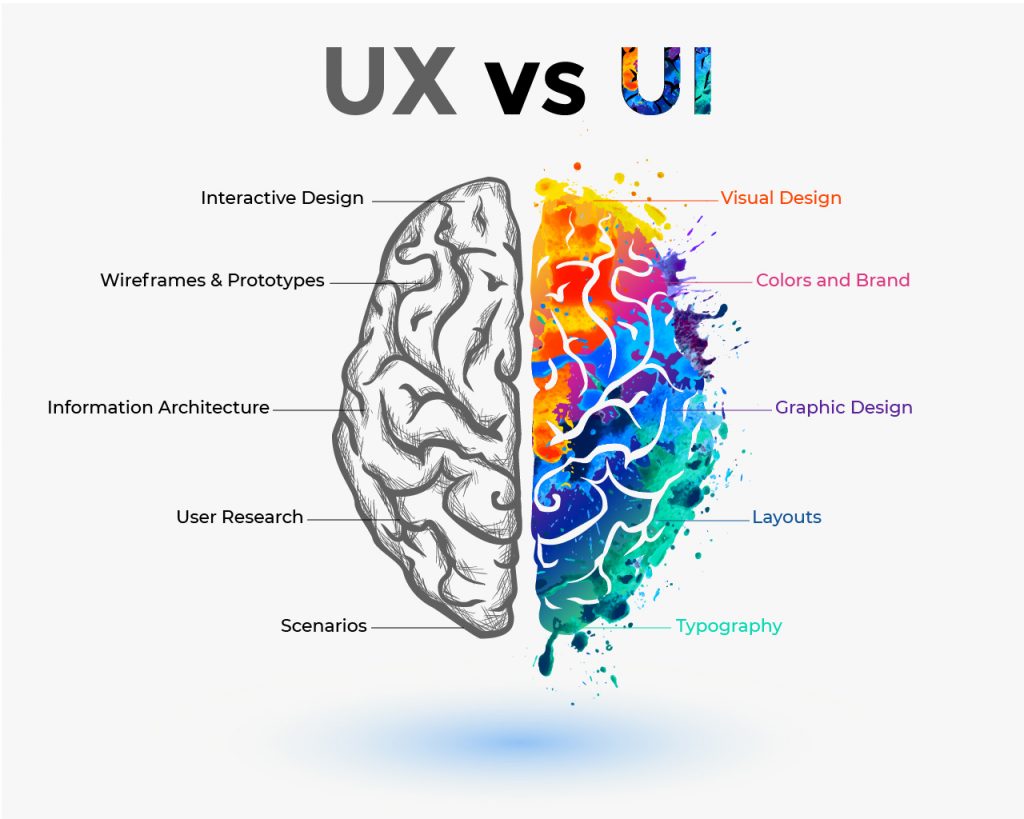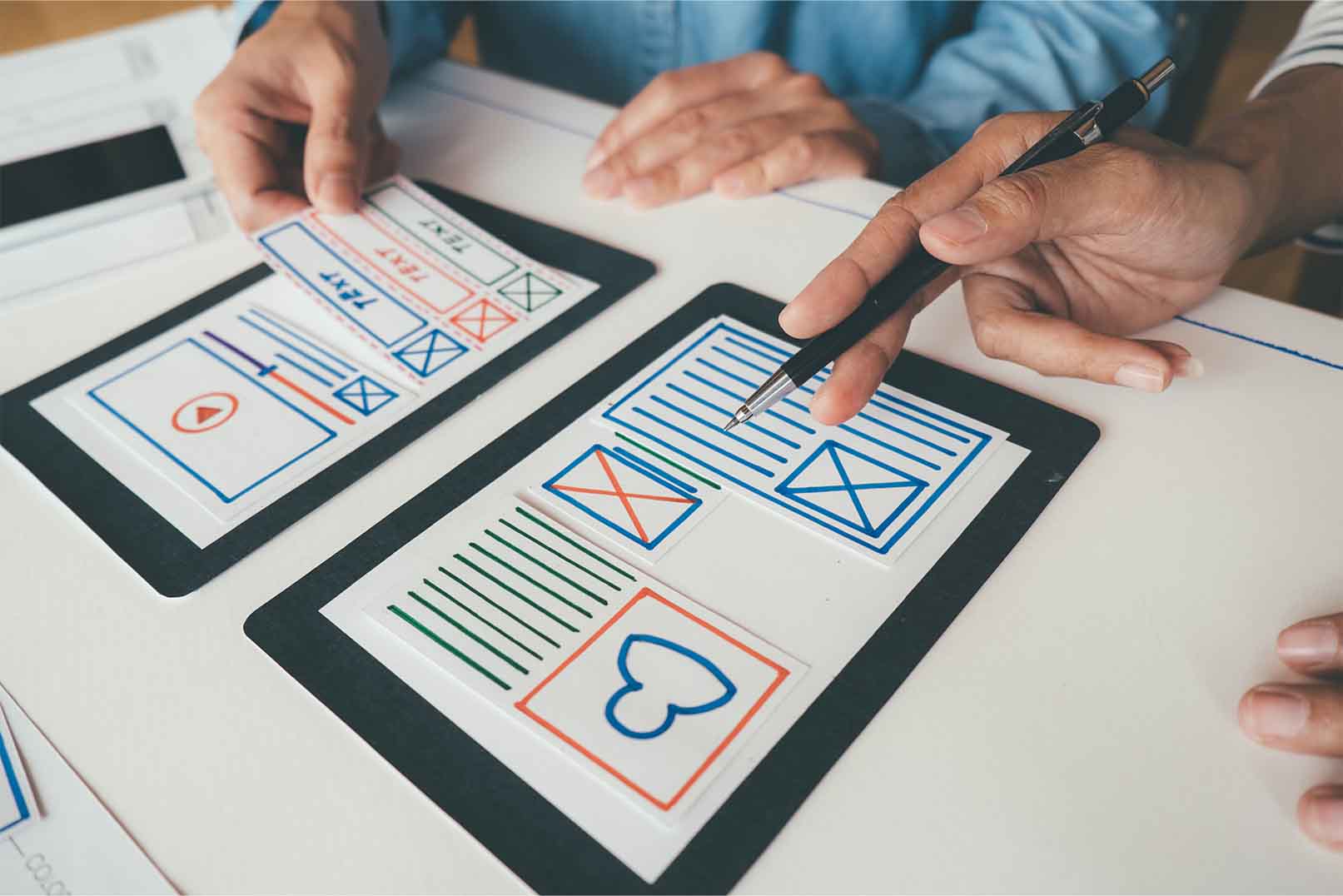
In the modern world, businesses must strive to provide an optimal user experience. Designing for the user is a key part of this process, and understanding how UX (user experience) and UI (user interface) interact can be essential in creating successful products.
By incorporating both UI and UX into product design, companies can ensure that their products are intuitive and attractive to users while also serving their needs efficiently.
This article will explore the importance of designing for the user by looking at how UX and UI work together to transform business successes, and how a UI UX design agency can help you grow your business!
Understanding UX and UI Basics

When it comes to designing for the user, there are two important components that need to be considered: user experience (UX) and user interface (UI). Together, they form an integral part of any successful business.
UX is focused on how a product works or feels while UI deals with how a product looks. Both elements should be in harmony as they influence each other when it comes to creating an effective design strategy.
UX focuses on the usability of a product by understanding customer needs and expectations through research, testing, and analytics.
This helps create products that can provide an intuitive navigation system, clear visuals, informative content structure, and easy-to-use functions – all built with the primary purpose of enhancing customers’ overall experience when using the product or service.
On the other hand, UI involves visual elements such as typography, color schemes, and layout which help bring out users’ emotions toward a brand or company’s offers. It also sets up interaction between users and interfaces so that users can perform tasks more efficiently within digital products quickly without having to think too much about them.
Additionally, UI designers must ensure consistency across different platforms like mobile devices or tablets for their designs to look appealing from all angles no matter where it is viewed from.
Combining both UX & UI businesses can offer customers memorable experiences that are tailored specifically for them resulting in higher satisfaction rates along with increased engagement levels leading eventually lead towards improved sales performance
Applying UX Principles to Your Business Model

When it comes to designing for the user, understanding and applying UX principles are key. User experience (UX) design focuses on improving customer satisfaction with a product or service by making it easier to use.
By taking into account factors such as interface usability, accessibility, navigation and overall enjoyment of an application or website, businesses can provide a better overall customer experience.
UI stands for the user interface which includes all visual elements that users interact with in a digital product or service such as buttons, menus, and forms. Applying UX principles when creating your business model will ensure that customers have an enjoyable and successful experience while using your offering.
One way to begin incorporating UX principles into your business model is by conducting research through interviews with potential customers to gain insight into their needs and preferences.
This will help you develop concepts that are tailored specifically towards them to create products they’ll love using time and time again.
You should also consider how easy it is for customers to access information quickly so they dont become frustrated during their journey with you – this could involve simplifying navigation structures or reducing the number of steps required within processes like checkout flows etc.
Additionally, focus on providing value through features such as personalisation options which allow people customise their experiences according to their own specific requirements/needs/preferences – this helps build loyalty from existing users but also drives new ones too!
Finally, ensure that you test any changes before launch; even small adjustments can make a big difference in terms of user satisfaction levels so don’t be afraid to try out different ideas until you find what works best for both parties involved!
Leveraging UI Tools for Effective Design Execution

In the world of digital design, UI tools are invaluable in helping businesses create effective user experiences. With a variety of options available to designers, it can be difficult to identify which tools will provide the most impactful results for their projects.
From drag-and-drop builders and image editing software to prototyping tools and code editors, each comes with its own unique set of features that can help enhance user experience. By leveraging these powerful UI tools, businesses can craft designs that meet users’ needs while also providing an engaging experience.
When utilizing any given tool, designers must take into account several factors such as usability and scalability before completing their projects.
Usability encompasses how intuitively users interact with designs while scalability concerns how quickly those designs respond or adjust based on changes in usage patterns or traffic load increase over time.
Both need to be considered when selecting a particular tool if businesses want maximum success from their efforts.
Additionally, taking steps such as obtaining feedback from stakeholders or conducting A/B testing throughout the development process can ensure that design execution is both efficient and effective without sacrificing quality or creative value in the process.
Finally, exploring new technologies like animation libraries could further improve design execution by introducing more dynamic elements into existing products or services – something especially useful when creating interactive interfaces for web applications or mobile applications.
Ultimately, understanding which UI tools work best for specific goals is essential for crafting successful user experiences; however this doesn’t mean all available resources should be used at once; instead focusing on one resource at a time allows teams to move through development cycles faster while ensuring consistent high standards across all projects



